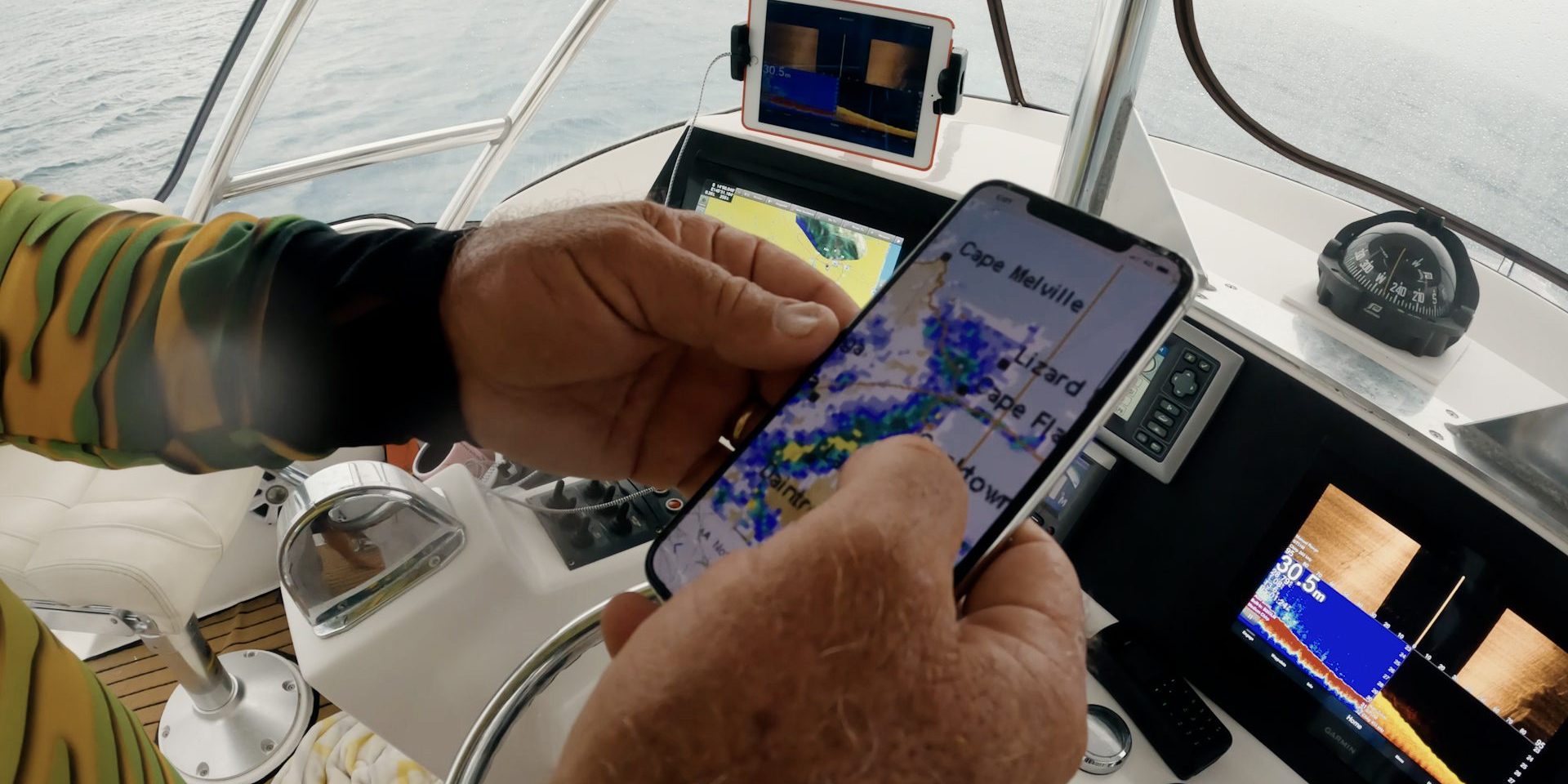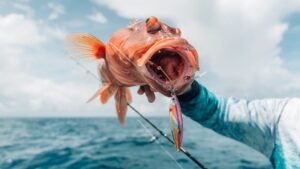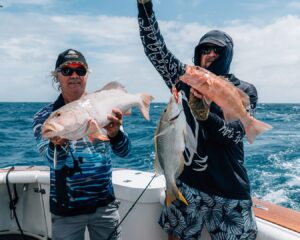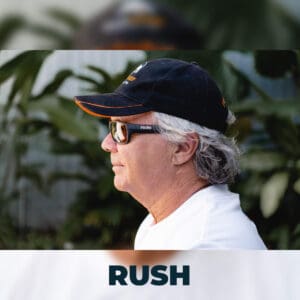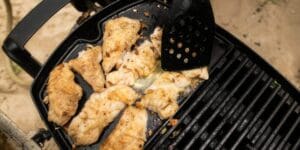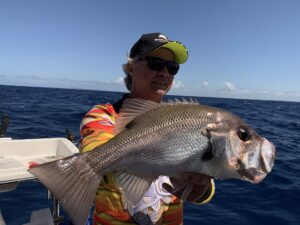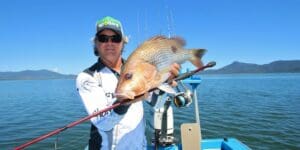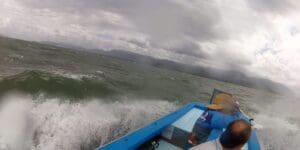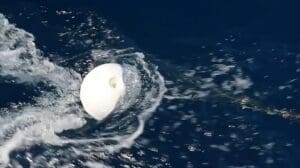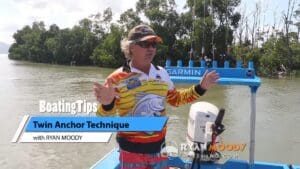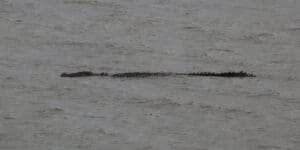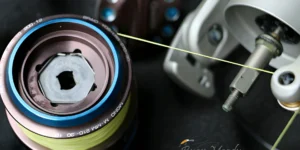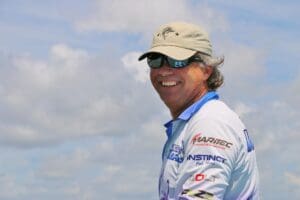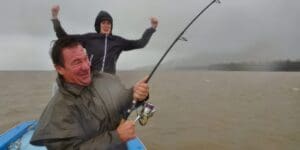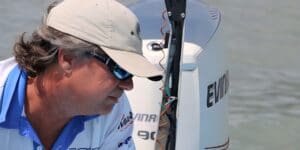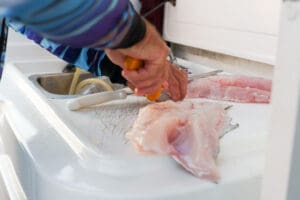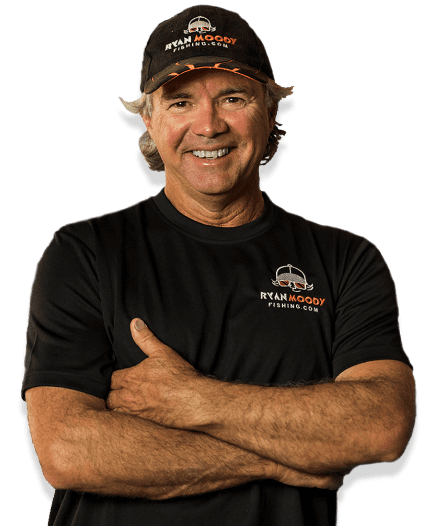When bad weather is approaching, finding a good anchorage to secure your boat is imperative!
Pulling anchor in a storm, or even cruising in a bad weather, can be hairy at best. Fatal at worst!
We once asked our community for their worst storms at sea stories – and they provided some hairy ones.
We’ve also assisted other boat anglers, caught in a wild storm unexpectedly.
And watched with trepidation as storms cells develop all around us down at Fantome Island.
A cautionary tale for sure.
When seeking a good anchorage with bad weather approaching, there are a number of things you’ll want to consider;
Consult weather forecasts:
Stay updated real time weather conditions and any approaching storms or adverse weather patterns. Starlink has been a godsend for us as it allows us access to weather radar like BOM and weather apps like Windy and Seabreeze. We also have a subscription to Oz Cyclone Chasers for detailed interpretation of weather charts.
Seek sheltered areas:
A good anchorage will offer protection from the prevailing wind, waves, and swell. Consider natural features like cliffs, islands, or bays that can provide cover. Be prepared to move if a weather change comes early. And do note the forecast as conditions change!
Often the swell can bend around smaller islands leaving you facing into the wind but rocking side on. Hence it always pays to have a back up destination and allow enough time to steam/sail top option 2 if the original anchorage is not what you expected. Happens a lot!
Assess good anchorages using nautical charts or these days, GPS maps:
A good anchorage will have adequate swing room in case the wind changes during the night. Holding up tight to calm water near a sand spit might make sense upon arrival. But remember, the tide will change. If it goes out will you be in trouble? Wind direction and strength can also change. Will you swing into water too shallow for your boat? Even a strengthening wind can take the slack out of your anchor rope and push you back – perhaps where you don’t want to go.
It also pays to assess where you will drift if something happens. Especially around reefs I always err on the side of caution in case we break free. To give myself some leeway to rectify the problem.
IMPORTANT! An anchorage MUST HAVE a good holding bottom!
The substrate must allow your anchor to dig in or it will not hold!
Sure it may hold for a while, lulling you into a false sense of security.
But you’ll want to look for soft mud or sand, not too deep so you can let out enough rope/chain to get a good scope. Rule of thumb is three times the depth.
Our sounder course Sounder Skills 2 will help you assess an area for a good anchorage.
The more chain you have, the safer you will be so don’t skimp on the chain, even in a small boat. Never go direct to the anchor with rope.
On Mood Swings we run 70 metres of full chain.
We also set an anchor alarm app when sleeping on the boat. It sets a perimeter around the boat and sounds an alarm if the vessel moves outside that perimeter. If your GPS unit is nearby you can set one up on your unit. Since our GPS set is up on the flybridge, it’s too far away from our sleeping quarters which is why we use a phone app.
Use guidebooks and recommendations:
Utilize cruising guides, online resources, or fellow sailors’ recommendations to find reliable and well-regarded anchorages in the area. Remember not everyone has a skillset to match their confidence, so never rely solely on another person’s recommendation. If in doubt jump on the radio. Local skippers and harbour masters can provide insights on safe anchorages during inclement weather.
Consider alternative anchorages:
Have a backup plan and identify multiple anchorages along your route in case your first choice is not suitable or becomes overcrowded.
Pre-planning + flexibility is the key!
Stay flexible and be prepared to change plans if necessary, based on updated weather information or unforeseen circumstances.
Exactly as we had to do, in this video!
CHOOSING A GOOD ANCHORAGE
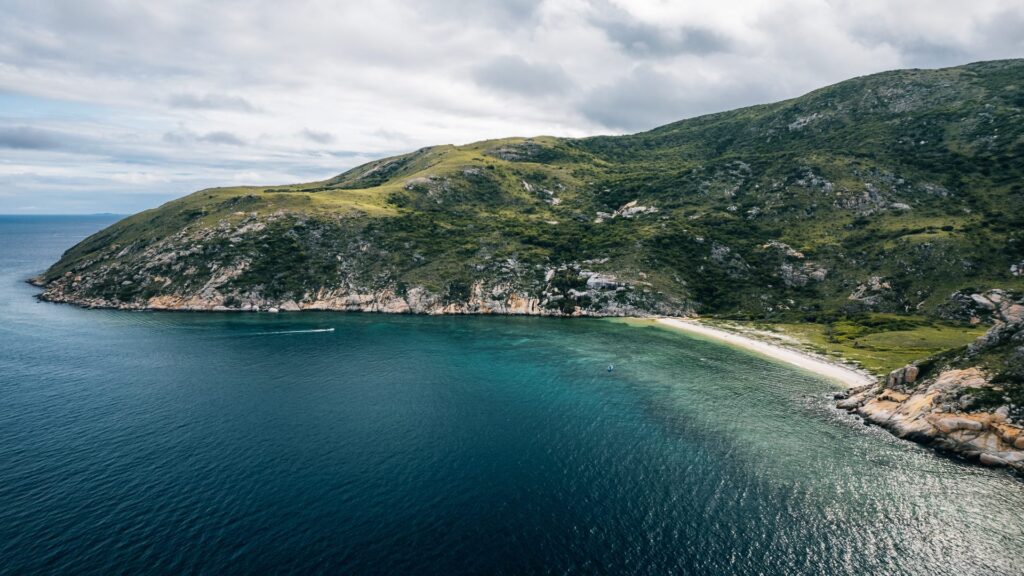
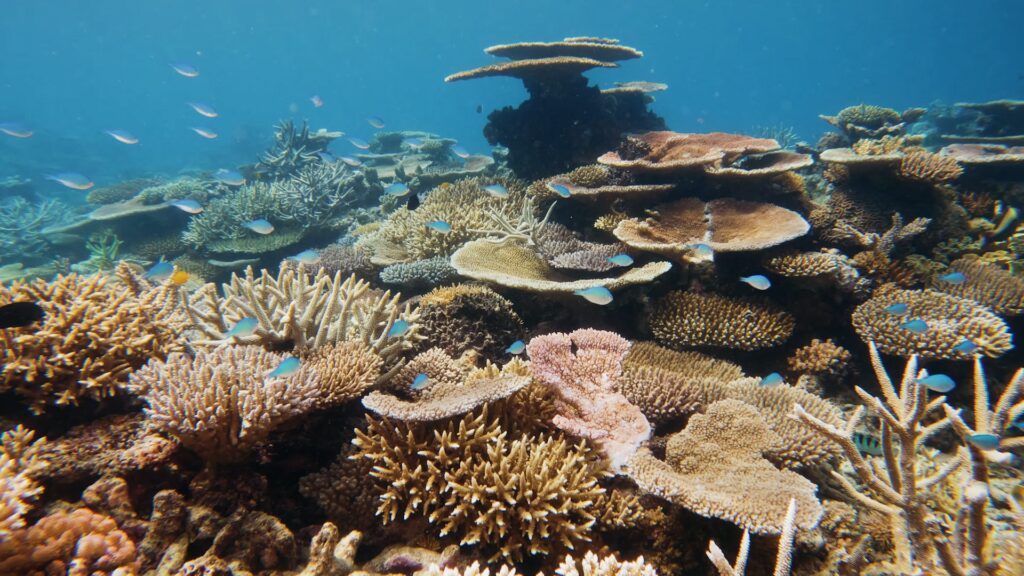
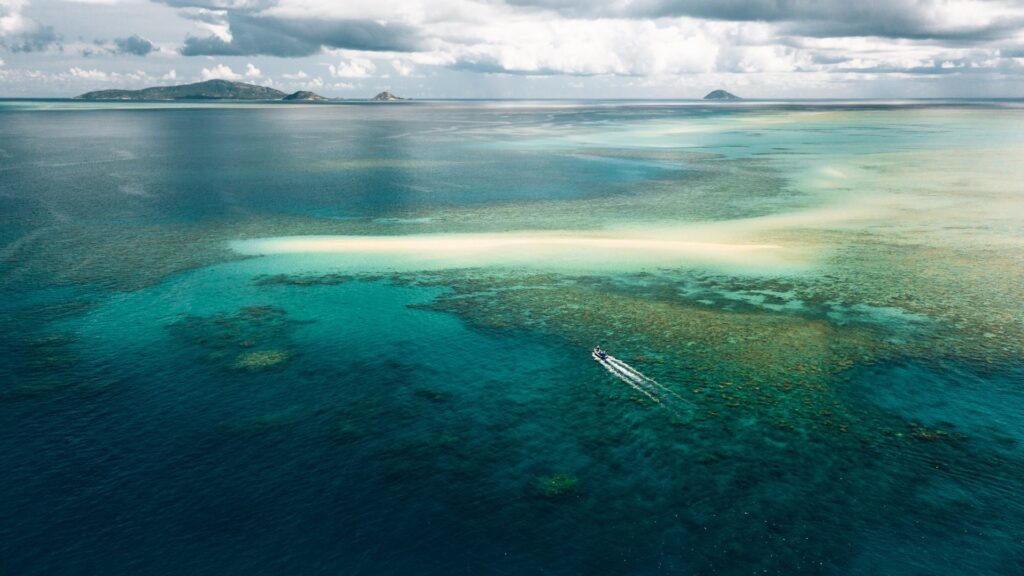
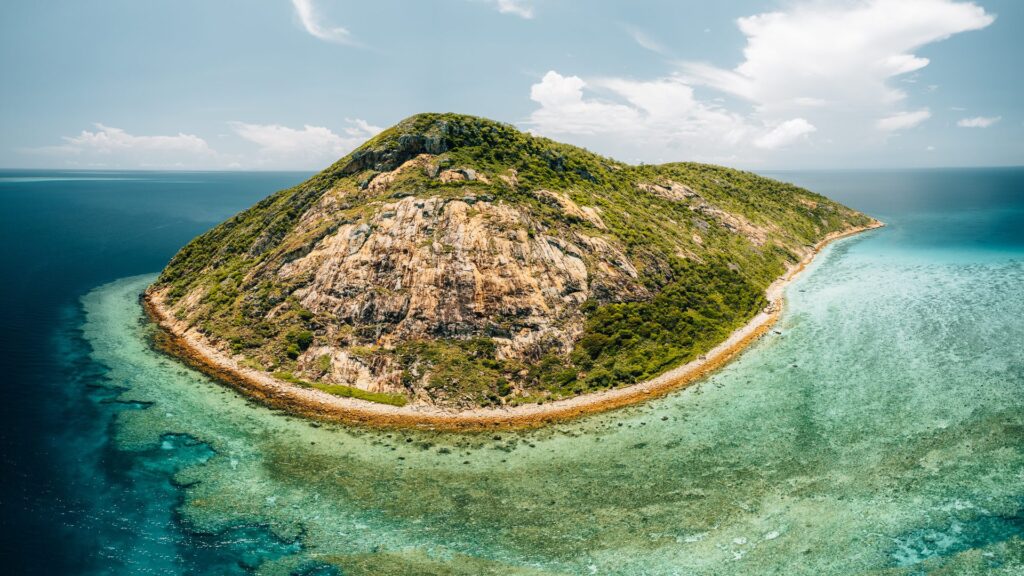
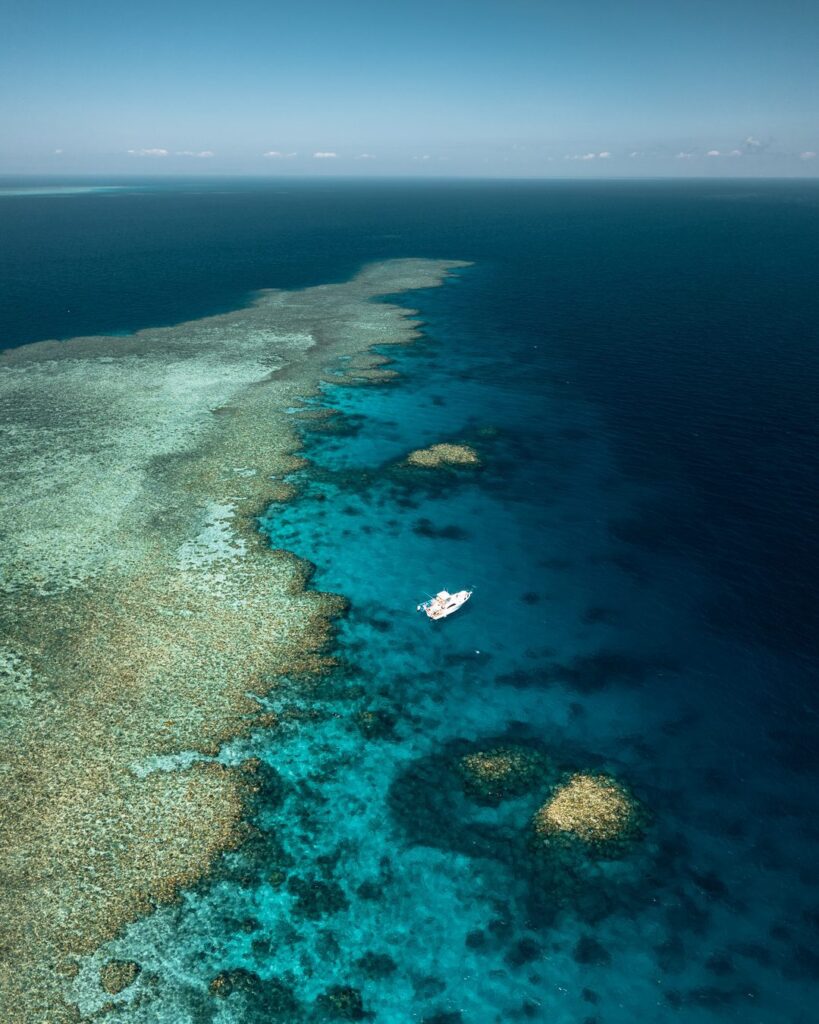
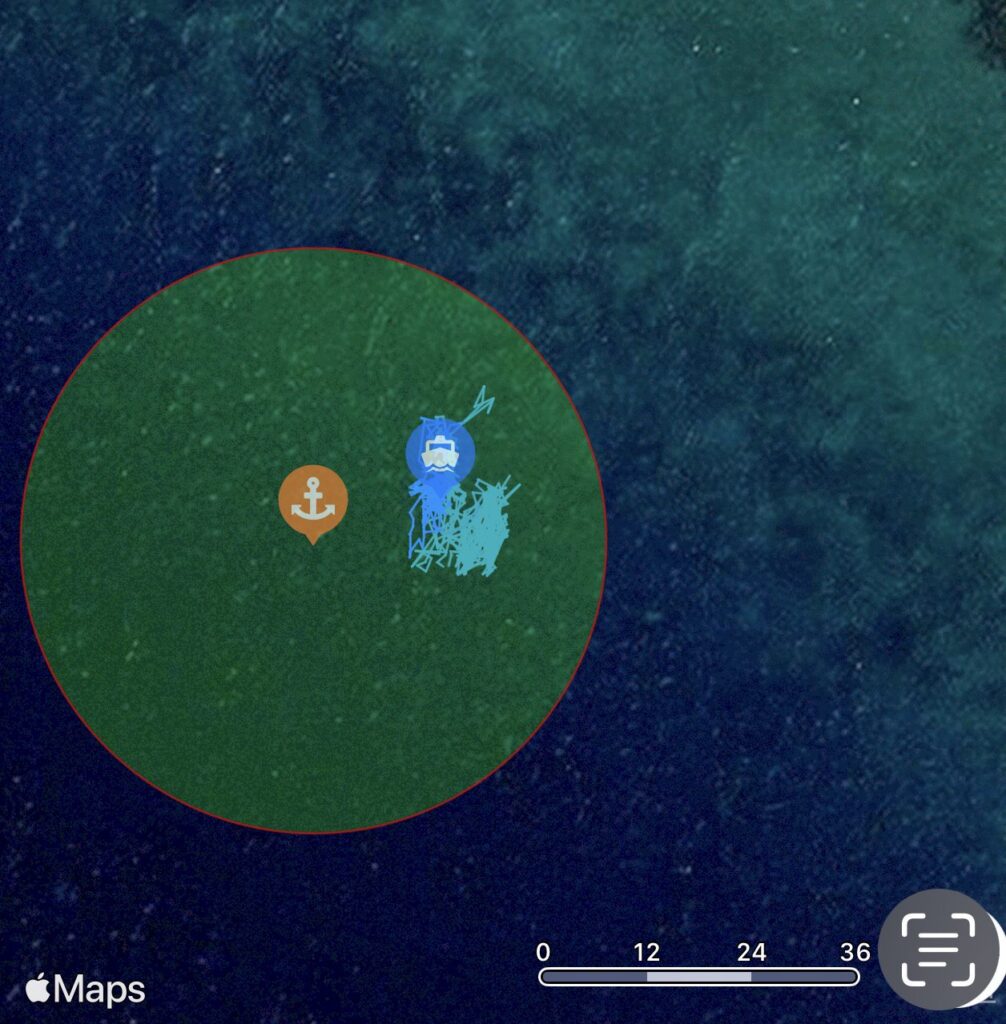
RYAN MOODY FISHING BLOG
Our blog is a great resource for those wanting to improve their fishing.
We’ve got tips on how to tie the best knots, tips for catching barra, fingermark/goldies, GT’s, mackerel and threadfin.
To go next level entirely we have our Fish Smarter online fishing courses.
Or more free tips below.
I hope you’re enjoying our video on finding a good anchorage when bad weather is on the way.
If you like it, please subscribe to my Youtube channel for more great tips and fishing action.


